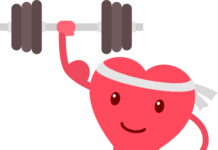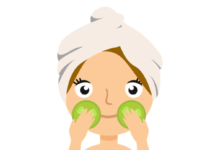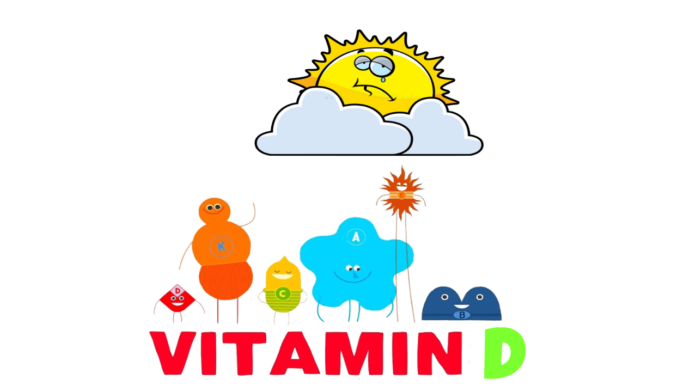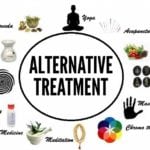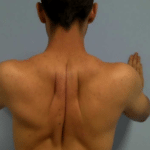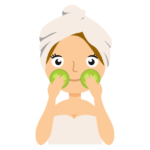Most of us are aware that we can get Vitamin D from foods and supplements but the most optimal source is from the sunlight. Vitamin D is a nutrient that assist our health and it maintains our bones to be strong. Its important to the body such as our muscles needed to move. For example, our nerves carry messages between the brain and every part of our body and the immune system needs vitamin D to fight off bacteria and viruses. Together with calcium, vitamin D also helps protect older adults from osteoporosis. Vitamin D is found in cells throughout the body.
Vitamin D RDA (Required Daily Amount)
The amount required depends on your age and sometimes other factors such as a woman being pregnant.
Life Stage Recommended Amount
Birth to 12 months=>400 IU
Children 1-13 years=>600 IU
Teens 14-18 years=>600 IU
Adults 19-70 years=>600 IU
Adults 71 years and older=>800 IU
Pregnant and breastfeeding women=>600 IU
Vitamin D and Foods
Very few foods naturally have vitamin D. But you can find them in these foods:
- Fatty fish such as salmon, tuna, and mackerel are the best sources.
- Beef liver, cheese, and egg yolks provide small amounts.
- Mushrooms provide some vitamin D. In some mushrooms that are newly available in stores, the vitamin D content is being boosted by exposing these mushrooms to ultraviolet light.
- Almost all of the U.S. milk supply is fortified with 400 IU of vitamin D per quart. But foods made from milk, like cheese and ice cream, are usually not fortified.
- Vitamin D is added to many breakfast cereals and to some brands of orange juice, yogurt, margarine, and soy beverages; check the labels.
Vitamin D and Sun
The body makes vitamin D when our skin is directly exposed to the sun and most people get their vitamin D this way. Skin exposed to sunshine indoors through a window will not produce vitamin D. Cloudy days, shade, and having dark-colored skin also cut down on the amount of vitamin D the skin makes. But despite the importance of the sun to vitamin D, there is a limit to exposure of skin to sunlight in order to lower the risk for skin cancer.
When out in the sun for more than a few minutes you should wear protective clothing and apply sunscreen with an SPF (sun protection factor) of 8 or more. Tanning beds also cause the skin to make vitamin D, but pose similar risks for skin cancer. People who avoid the sun or who cover their bodies with sunscreen or clothing should include good sources of vitamin D in their diets or take a supplement. Recommended intakes of vitamin D are set on the assumption of little sun exposure.
Deficient in Vitamin D and the Effects
People can become deficient in vitamin D because they don’t consume enough or absorb enough from food and their exposure to sunlight is limited, or their kidneys cannot convert vitamin D to its active form in the body. In children, vitamin D deficiency causes rickets, a condition in which the bones become soft and bend. It’s a rare disease but still occurs, especially among African American infants and children. In adults, vitamin D deficiency leads to osteomalacia, causing bone pain and muscle weakness.
Vitamin D is being studied for its possible connections to several diseases and medical problems, including diabetes, hypertension, and autoimmune conditions such as multiple sclerosis. Two of them discussed below are bone disorders and some types of cancer.
Can vitamin D be harmful?
Yes, when amounts in the blood become too high. Signs of toxicity include nausea, vomiting, poor appetite, constipation, weakness, and weight loss. And by raising blood levels of calcium, too much vitamin D can cause confusion, disorientation, and problems with heart rhythm. Excess vitamin D can also damage the kidneys.
The upper limit for vitamin D is 1,000 to 1,500 IU/day for infants, 2,500 to 3,000 IU/day for children 1-8 years, and 4,000 IU/day for children 9 years and older, adults, and pregnant and lactating teens and women. Vitamin D toxicity almost always occurs from overuse of supplements. Excessive sun exposure doesn’t cause vitamin D poisoning because the body limits the amount of this vitamin it produces.
Now, I recommend that everyone should enjoy some time in the sun every day without sunscreen protection in order to optimize levels of vitamin D, which is made in the body with exposure to sunlight. Only a few minutes daily is required to raise your vitamin D to appropriately high levels, which are critical for healthy bones and protection against many forms of cancer and multiple sclerosis. If you do stay out a bit longer, most people do use sunscreen which block D synthesis. So I do recommend 2000 IU of supplemental vitamin D daily no matter where you live. Do get further medical advice if you feel any health concerns in this area. You now have some general knowledge so go out and enjoy yourself with some sunshine. Why not have a picnic with a tuna sandwich?!








